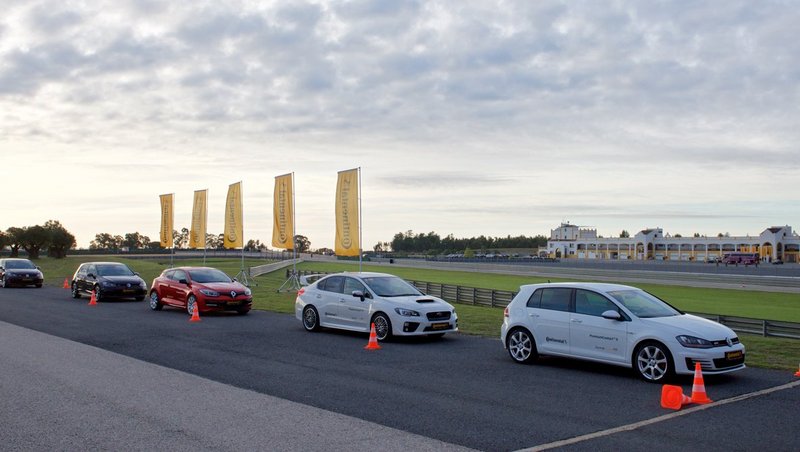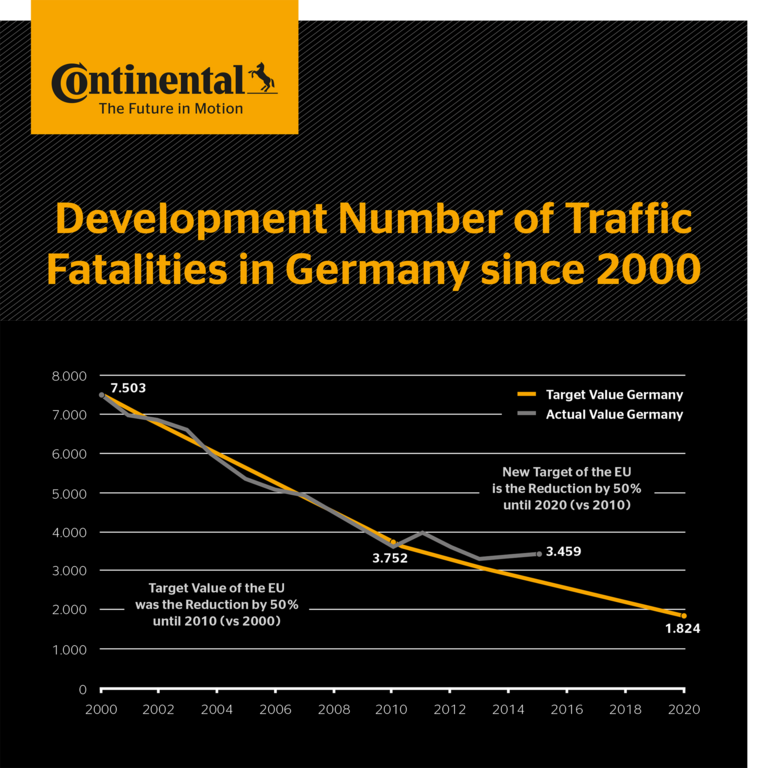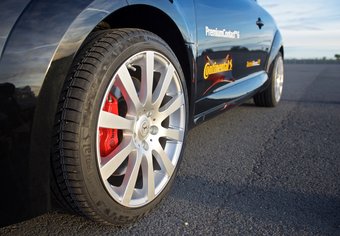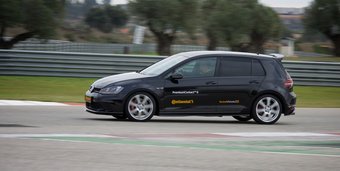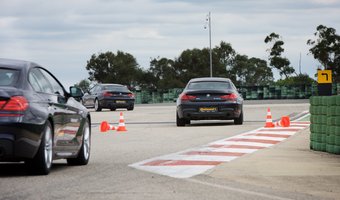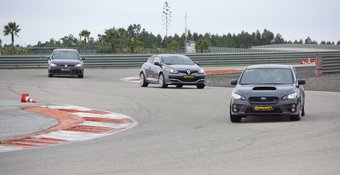Continental actively committed to Vision Zero
- As partners to the global “Stop the Crash” campaign, Continental’s Chassis & Safety and Tire divisions are supporting the drive for greater road safety and fewer road fatalities
- Multiple driver assistance systems designed to help prevent accidents in the long term
- Cooperation with ADAC as “Safer driving partner” aims to boost awareness of the safety enhancement role of accident prevention systems in Germany too
Since early 2016, Continental’s Chassis & Safety and Tire divisions have been partnering with the “Stop the Crash” campaign initiated by Global NCAP. The aim of this collaboration is to raise awareness among political decision-makers, fleet managers, journalists and ultimately, of course, drivers too, of the part that driver assistance systems such as ESC, Emergency Brake Assist and motorcycle ABS play in attaining greater safety. At the same time, on the tire front Continental is highlighting the importance of sufficient tread depth and the right tire pressures. The geographic focus of the regular demonstration events in the Stop the Crash campaign is on the emerging economies of South America and Asia, where vehicle equipment levels with advanced accident prevention systems are much lower than in Europe, for example, the USA or Japan. Thus, Stop the Crash demonstrations have already taken place in Brazil, Chile, Ecuador, Malaysia and Thailand, with further events scheduled in China, Mexico and India by the end of 2018. The aim of the campaign led by Global NCAP is to leverage the full potential for greater road safety and fewer fatalities on the roads.
Continental is out to make the idea behind Vision Zero a tangible experience for drivers in Europe and Germany as well. With this in mind, early this year the technology company entered into a long-term collaboration with Germany’s largest automobile association, ADAC, targeting safer driving. “Tires are the only point of contact with the road. They have to transfer all the dynamic forces to the road via a footprint roughly the size of a postcard,” explains Nikolai Setzer, member of the Executive Board of Continental AG responsible for Corporate Purchasing and head of the Tire division. “In critical situations, it is the level of technology in the tire that ultimately determines whether the vehicle can stop in time – or stay safely on course when cornering. Now we are offering our marketing partners and a selection of drivers who applied to take part by the end of May 2017, the chance to experience for themselves what a difference excessively low tire pressures, inadequate tread depth, and the absence of driver assistance systems such as Emergency Brake Assist really make.”
Continental’s decade-long focus on maximum safety through tires that offer the shortest braking distances is geared in the long term toward Vision Zero. “Together with our Chassis & Safety division we are aiming to illustrate in concrete terms the contribution that advanced driver assistance systems such as ESC, AEB and motorcycle ABS can make to greater road safety in conjunction with our Continental brand premium tires with their excellent braking performance – a contribution we strive to drive forward every day,” Setzer continues. At the Continental TechShow 2017, Continental’s Tire Division is also presenting the brand’s two current premium summer tires, the SportContact 6 for particularly sporty, performance cars and the PremiumContact 6 for mid-range and luxury cars. Both deliver maximum braking performance with maximum grip together with numerous other characteristics in a balanced blend at the peak of tire technology. A large number of test wins and top marks in summer tire tests conducted by the leading international magazines and automobile clubs provide impressive proof.
The increasing presence of accident prevention technologies in the vehicles on European roads has already led to a marked reduction in road fatalities since the 1970s, despite a clear increase in overall traffic levels (see chart). However, efforts will have to be further intensified if the EU’s goal of cutting the number of road deaths by 50 percent by 2020, compared to a 2010 baseline, is to be achieved in practice. From Continental’s viewpoint, the simple fact of equipping far more vehicles with the above driver assistance systems, along with the use of premium tires with adequate tread depth and regular monitoring of tire pressures to maintain the levels recommended by the vehicle manufacturers, would be a massive help in reaching the ambitious goals for 2020.

Klaus Engelhart
Press Spokesman
Passenger Car Tires / Germany, Austria, Switzerland
- +49 511 938-2455
